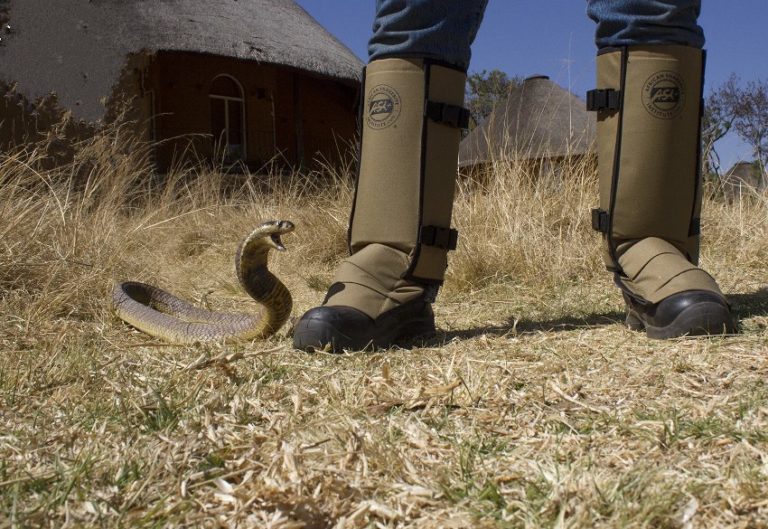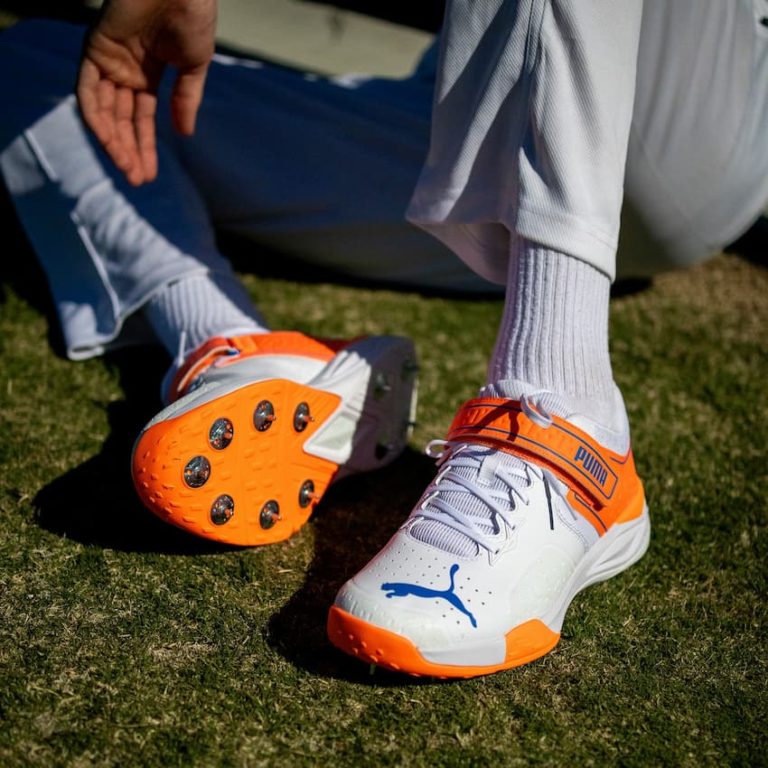For biking enthusiasts, nothing beats the thrill of the ride. Feeling the wind on your face as you zip along the trail, taking sharp turns with ease, and navigating a course with confidence—the experience is truly exhilarating. Not only can this offer some much-needed reprieve during particularly trying times, but it also allows you to keep your body in tip-top shape.
However, all of this would be impossible if your main source of control – your bike’s brakes – were unreliable. Anything can happen while on the trail, and having a set of dependable brakes is your safeguard against any potential danger. To ensure smooth stopping power, you must have the right set of bike brake levers for the job.
How Do Bike Brake Levers Work?
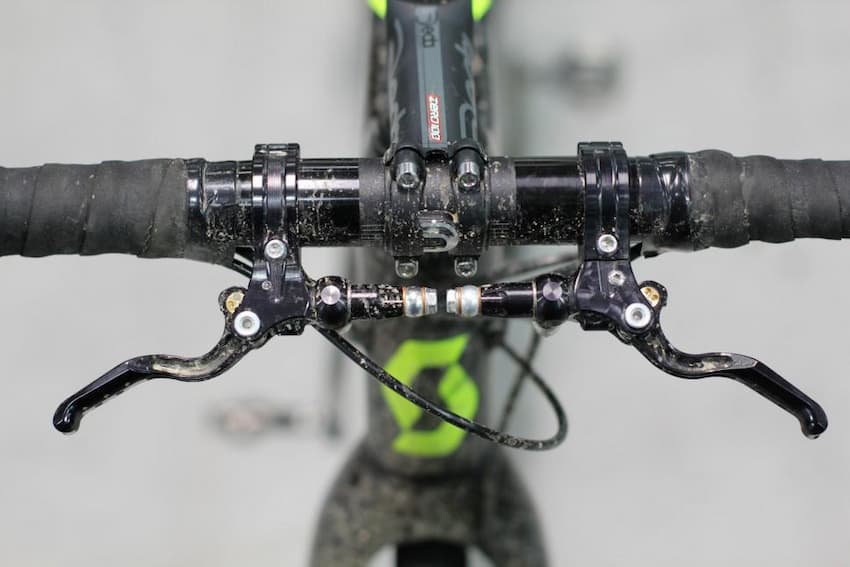
In a nutshell, bike levers are the control mechanisms that allow you to press down on your brakes and slow or stop your bike. They’re designed to be ergonomic and easy to access, and when compressed, they apply pressure to the built-in brake systems. This creates friction which in turn helps slow down your bike.
Going without bike levers is like driving a car without a steering wheel – it won’t get you far. You need to be able to quickly access the brake and press down on it with the right amount of force when necessary. This will ensure that you stay in control of your ride and can easily stop if need be.
Choosing a Lever Based on Your Brake Type
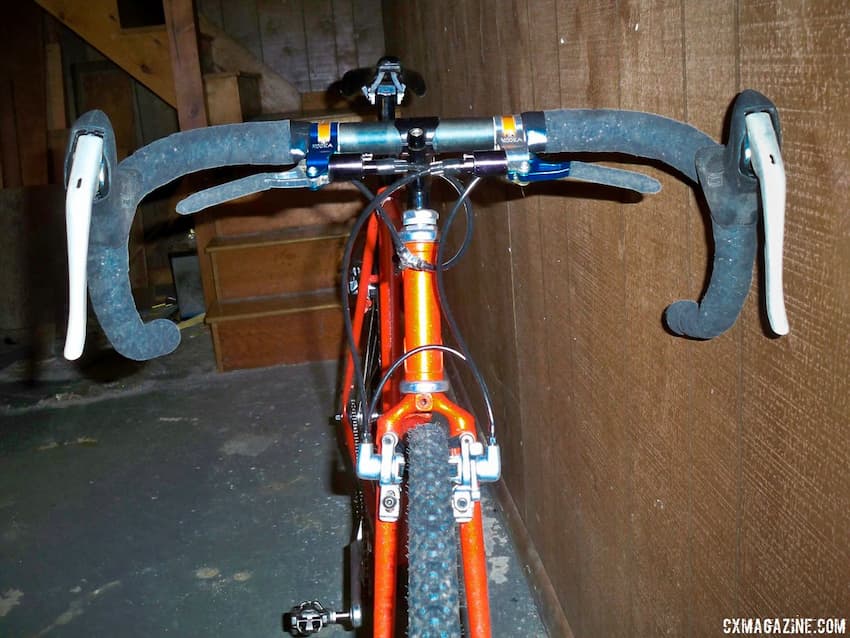
Of course, not all brake levers correspond to every type of brake. The inherent mechanical advantage varies depending on the type of braking system. Some are more suitable for a particular setup than others, so make sure you do your research and select the one that’s best for you.
U-Brake
As the name suggests, U-brakes are U-shaped mechanisms that employ two brake pads to create friction and stop your bike. They’re commonly found on BMX models, as well as some mountain and hybrid varieties.
The most suitable option for U-brakes is the flat bar lever, which is specifically designed to accommodate this type of setup. You need to measure the length of the calliper to make sure it’s compatible with your lever. If it’s too short or too long, you will experience poor braking performance.
Cantilever Brake
These setups use two pivot arms and a cable to apply pressure to the brake pads when the lever is pressed. The threaded tube that runs between the arms is what allows for adjustable tension, depending on the rider’s preference.
Given the unique design of this system, you’ll need a cantilever brake lever. This type of lever is designed to fit perfectly with the corresponding arms, ensuring smooth and precise performance without compromising on safety.
V-Brake
V-brakes are similar to cantilever designs but have slightly different configurations of arms and cables. Their signature shape has proven to be more reliable than other options, and they use a linear-pull system for better accuracy. When you press the lever, the built-in tension pulls the arms tight and applies pressure to the brake pads.
For maximum performance, you’ll want to use V-brake levers or flat bar models with a V-brake adapter. This will give you the precision and stopping power you need without the occasional jamming issues associated with other levers. Each time you press down on the lever, you’ll be able to feel a rapid response from the brake pads.
Disc Brake
Perhaps the most common variety, disc brakes offer better stopping power and consistency than other systems. They’re normally mounted on the wheel hub and are activated when the lever is pressed. Since they’re usually found on trail and mountain bikes, you’ll need to select a lever that’s specifically designed for this setup.
The inherent mechanical advantage of disc brakes is highest when you use the corresponding levers. You’ll likely make good use of the adjustable reach feature, which allows you to modify the distance between your thumb and index finger.
What Are the Main Types of Bike Brake Levers?
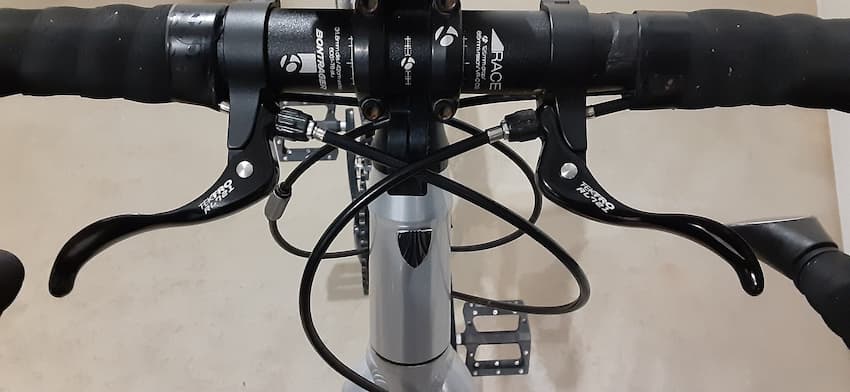
The kind of levers you use will depend on the type of handlebars installed on your two-wheeled companion, as well as the built-in braking system. The way they’re shaped will also determine whether you get maximum performance and optimal comfort from your ride.
Drop-Bar Levers
As the name implies, these levers have a curved shape to fit perfectly with the ergonomics of drop-bar handlebars. They’re commonly used on road bikes and offer a comfortable reach for your fingers. Their aerodynamic design also allows you to cycle at a faster speed without your hands slipping off the levers.
Most models use a combination of shifter and brake levers, allowing you to control both the speed and stopping power of your ride. So, if you pull the lever towards the bar, it will shift the gears while pushing it away will decelerate.
Flat and Riser Levers
The main difference between flat and riser levers is the shape. The former has a straight-lined look that’s suited for flat bars, while the latter has a curved design that makes it comfortable to hold and easier to use. The type of brake system installed on your bike will determine which one you should use.
If you have an older bike with rim brakes, then you’ll need flats without any extra adapters. The same goes for V-brakes and cantilever systems. However, if your bike has a disc brake system then you’ll need to use either flat or riser levers with the right adapter.







